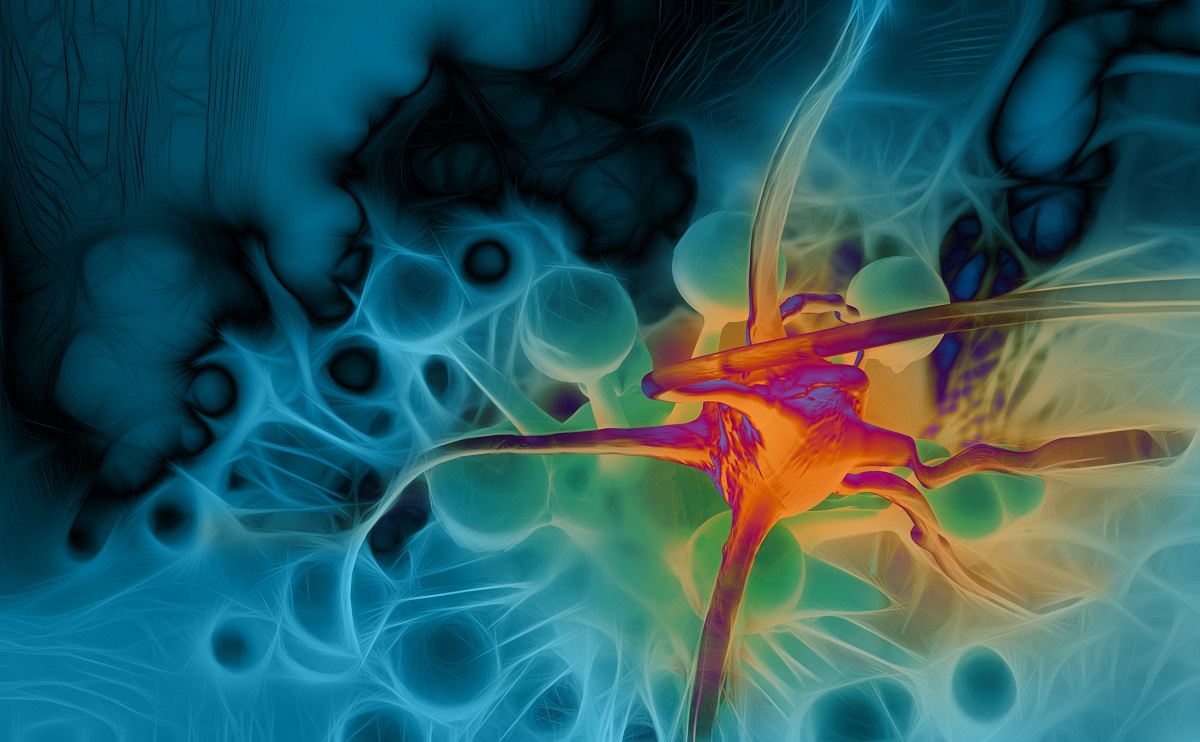KEY TAKEAWAYS
- The VOLGA phase 3 trial aimed to investigate the link between plasma ctDNA clearance and clinical outcomes in patients with MIBC receiving neoadjuvant D+T+EV.
- The primary endpoints were to determine Pathologic Response & EFS.
- Researchers observed that plasma ctDNA clearance may predict better outcomes with neoadjuvant D+T+EV in MIBC; further investigation is ongoing.
The VOLGA safety run-in (SRI) for neoadjuvant durvalumab (D) + tremelimumab (T) + enfortumab vedotin (EV) in cisplatin-ineligible patients with muscle-invasive bladder cancer (MIBC) showed promising results. This exploratory analysis focuses on plasma ctDNA data from the SRI.
Alexandra Drakaki and the team aimed to assess the correlation between plasma ctDNA clearance and clinical outcomes in patients receiving neoadjuvant D+T+EV for MIBC.
They performed an inclusive analysis involving eligible patients aged ≥18 years with cisplatin-ineligible MIBC (clinical stage T2-4aN0-N1M0/T1N1M0). Patients received 3 cycles of neoadjuvant therapy every 3 weeks: D (1500 mg; day 1 each cycle) + T (75 mg; day 1 cycle 1, and day 8 cycle 2) + EV (1.25 mg/kg; days 1 and 8 each cycle), followed by radical cystectomy (RC) and then 9 cycles of adjuvant D (every 4 weeks; day 1 each cycle) and T (day 1, cycle 1 only).
Cell-free DNA from plasma samples was assessed using GRAIL’s cancer research solution, which detects methylation indicative of ctDNA (GRAIL, LLC). ctDNA detection at baseline (C1D1) and on/after neoadjuvant treatment prior to RC (C3D1 and pre-RC time points) was evaluated for its association with pathologic response at RC and event-free survival (EFS).
About 69 plasma samples collected at baseline, pre-RC, and post-RC time points were analyzed, with 66 (96%) passing ctDNA processing quality control. Of the 17 patients in the SRI cohort, 16 had baseline plasma samples, with a ctDNA-positive rate of 62.5% (10/16 patients).
Among these, 13 underwent RC and had a pre-RC sample. The ctDNA-positive rate at C3D1/pre-RC was 23% (3/13 patients); 7 patients exhibited ctDNA clearance, which was associated with pathologic response (table) and EFS with an EFS hazard ratio of 0.18 (95% CI, 0.016-2.1). Additionally, ctDNA detection status alone at C3D1/pre-RC was also associated with pathologic response.
The study concluded that plasma ctDNA clearance during neoadjuvant D + T + EV treatment in patients with MIBC may be associated with improved clinical outcomes, suggesting it as a potential surrogate for treatment efficacy. These findings will be further explored in the ongoing VOLGA study.
The trial was sponsored by AstraZeneca.
Source: https://cslide.ctimeetingtech.com/esmo2024/attendee/confcal/show/session/139
Clinical Trial: https://clinicaltrials.gov/study/NCT04960709
Drakaki A, Powles T.B, Wang Y, et al. (2024). “Circulating tumor DNA (ctDNA) clearance with neoadjuvant durvalumab (D) + tremelimumab (T) + enfortumab vedotin (EV) for cisplatin-ineligible muscle-invasive bladder cancer (MIBC) from the safety run-in cohort of the phase III VOLGA trial.” Presented at ESMO 2024 (Abstract 1970MO).



